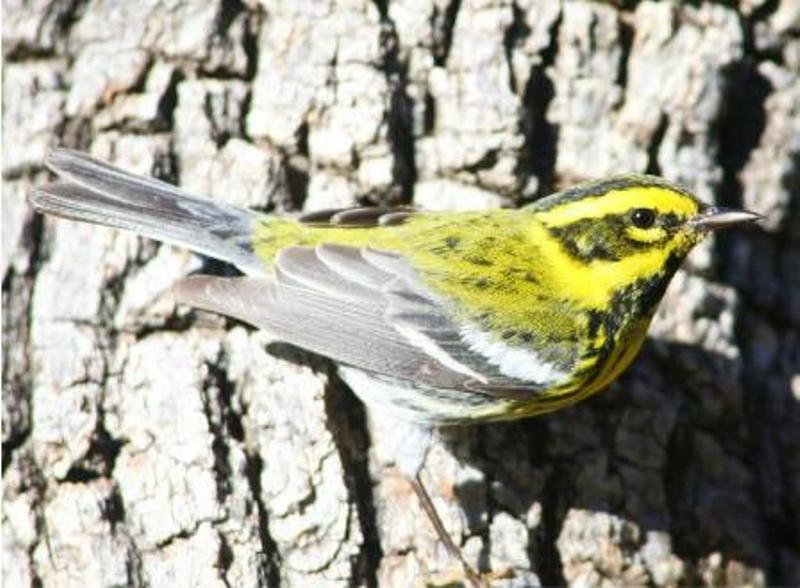Nighttime Migration
By Dave Hanks
Many species of birds migrate at night. You may have been observing a sizable number of a particular species one day, only to wonder the next day where they all went to. The birds obviously migrated during the night. Tanagers, orioles, thrushes, thrashers, buntings, warblers, and wrens are some of the special birds you may like to watch that use the nighttime sky in their movements.
Most fly at altitudes from 1500 to 5000 feet, but there are records of some that have cleared mountains as high as 20,000 feet. Star patterns and constellations are used for navigation purposes – especially the North Star.
Birds will also take advantage of a weather front to help push them along their way. The moon, however, is not used. Its brightness may even interfere with navigation – as will the lights of a large city.
To be aware of migratory movements, pay attention to weather forecasts (such as a northern moving front in the spring or a southern moving one in the fall). On a moonlit night, birds can be detected flying across the moon’s face.
The bird pictured, TOWNSEND’S WARBLER, is a small yellow bird that is strikingly arrayed in black, white, and olive-green. It is one of the most interestingly colored birds in western North America. It nests in coniferous forests from Alaska to Oregon and winters in Central America. It feeds mainly on insects, but on wintering grounds it will consume honeydew, a sugary liquid excreted by insects.
This is the only warbler to have such a distinctive face patch. We don’t see this bird very often, but it’s a treat when we get lucky enough to do so!
(Townsend’s Warbler, a night traveler)
|
